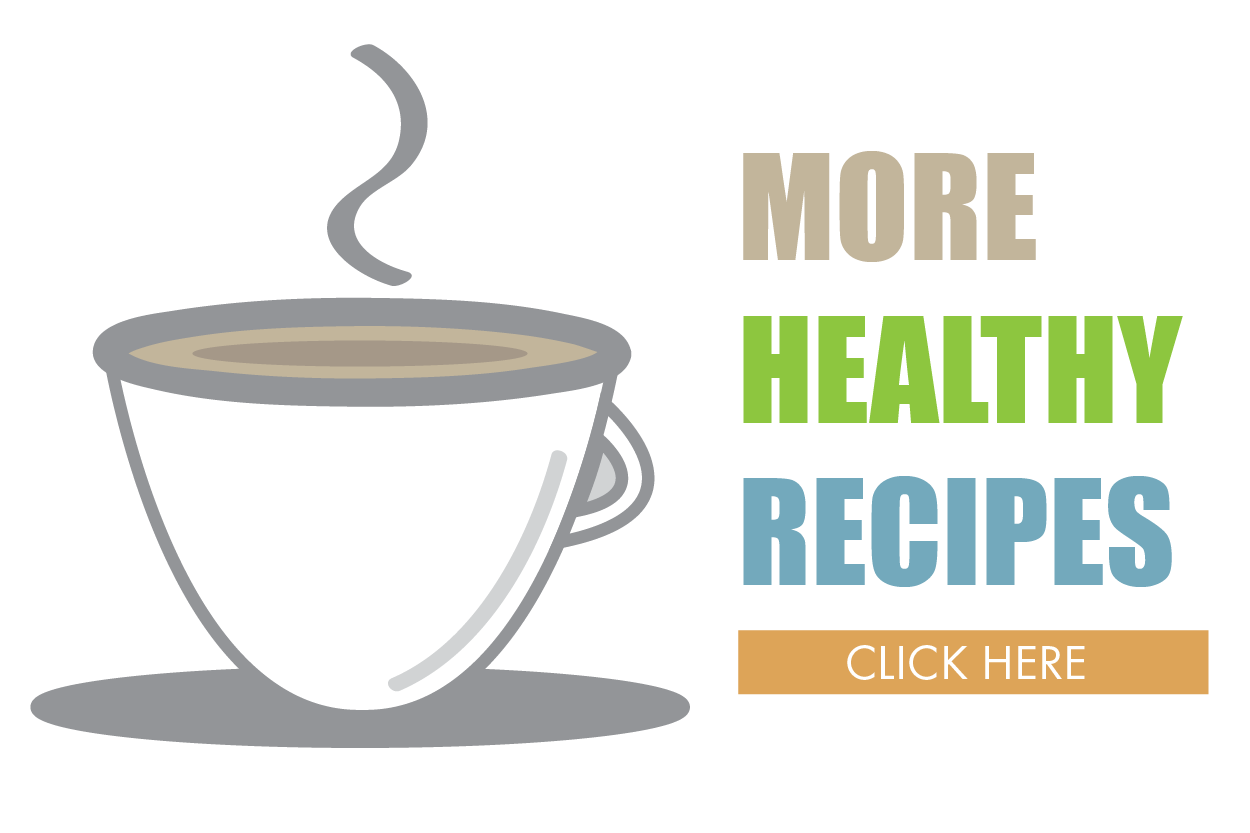Practitioners of Integrative/Functional Medicine strongly believe in empowering patients (and their caregivers). The doctor often functions as a coach or facilitator. This is opposed to the conventional model which fosters passivity as the doctor calls the shots and medication supposedly does the work. (We all know how that turns out). Of course, the downside of empowerment is more responsibility and more work for the patient.
The Modified Elimination diet is a perfect example of this. It is a therapeutic tool that can be done by virtually anyone and offers tremendous benefits, but requires effort.
The theory behind the diet is that there are certain foods and components of foods that lead to inflammation and toxicity and cause a wide range of symptoms from fatigue to headache to joint pain to intestinal symptoms, etc. This is not simply food allergy, but a broader array of mechanisms of sensitivity and intolerance, both immune and non-immune. It can be thought of as a way to reduce the burden on the body’s detoxification and immune systems to help promote overall healing and balance.
A much stricter version of the diet is used to detect individual food intolerances, but even the modified diet can reveal particular offending agents as they are re-introduced. There are many variations on the diet, but most entail a 2-3 week duration and avoidance of the most common culprits. This includes the elimination of processed foods and food additives such as dyes and preservatives. Foods consumed on the diet should be organic if at all possible.
1. Avoid dairy – milk products, cheese, butter, and eggs. Can use nut milk (such as almond milk), rice milk. Some diets allow unsweetened organic yogurt with live cultures.
2. Avoid gluten and gluten-related grains. Rice and buckwheat are allowed as well as rice flour and potato flour.
3. Avoid meat, pork and veal. Can eat chicken, turkey, lamb, fresh or water packed fish (preferably cold water fish such as halibut, salmon and mackerel). Legumes are allowed as protein sources, but soy products such as tofu, tempeh, and soy milk or soy yogurt are not allowed.
4. Avoid salad dressings, mayonnaise, and processed oils. May use cold pressed olive, flax, walnut, safflower, coconut oils.
5. Avoid alcohol, coffee, other caffeinated drinks, soda. May have filtered water, dilute fruit juice, herbal teas, unflavored seltzer, mineral water or vegetable juice. Try to consume two quarts of water per day.
6. Avoid sugar, honey, maple syrup, high fructose corn syrup. Can use brown rice syrup, stevia or agave.
7. Avoid chocolate, ketchup, soy sauce, barbeque sauce and processed condiments. Can use all other spices.
8. All vegetables allowed. No corn. If you have joint pain as one of your problems, you might also eliminate niteshade vegetables (peppers, eggplant, tomato and potato), but this makes the diet tougher to follow.
9. Avoid citrus fruit. Other whole fruits allowed.
One should taper off caffeine before starting the diet. Often people may feel worse during the first few days on the diet and there are a number of theories as to why that happens, but the reaction can often be alleviated with Alka Seltzer Gold or buffered vitamin C if it occurs.
This diet requires effort. One should choose a time when no holidays or special events are anticipated. It helps to construct some menus and shop in advance of starting the diet. When working with an integrative practitioner it can be helpful to keep a daily log of symptoms that occur during and after the diet.
Bon Appetite!






